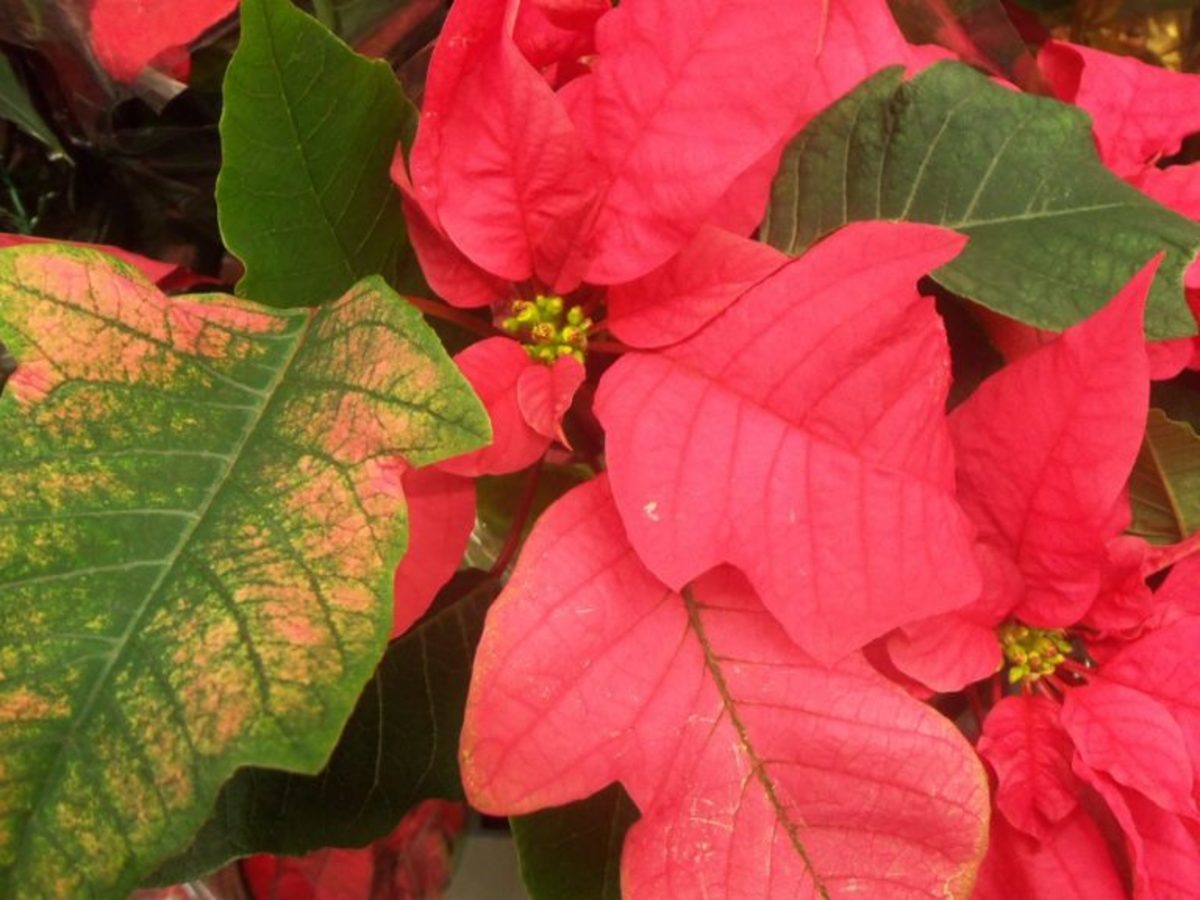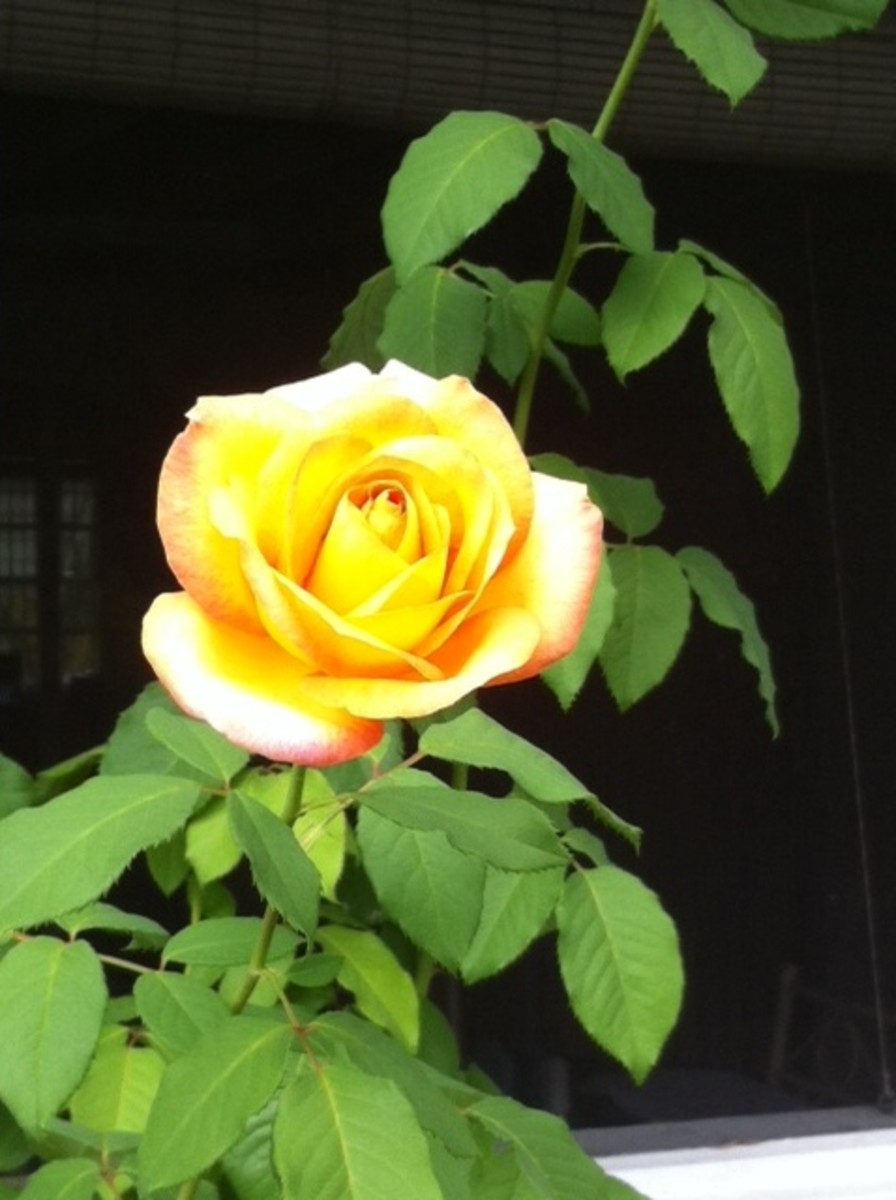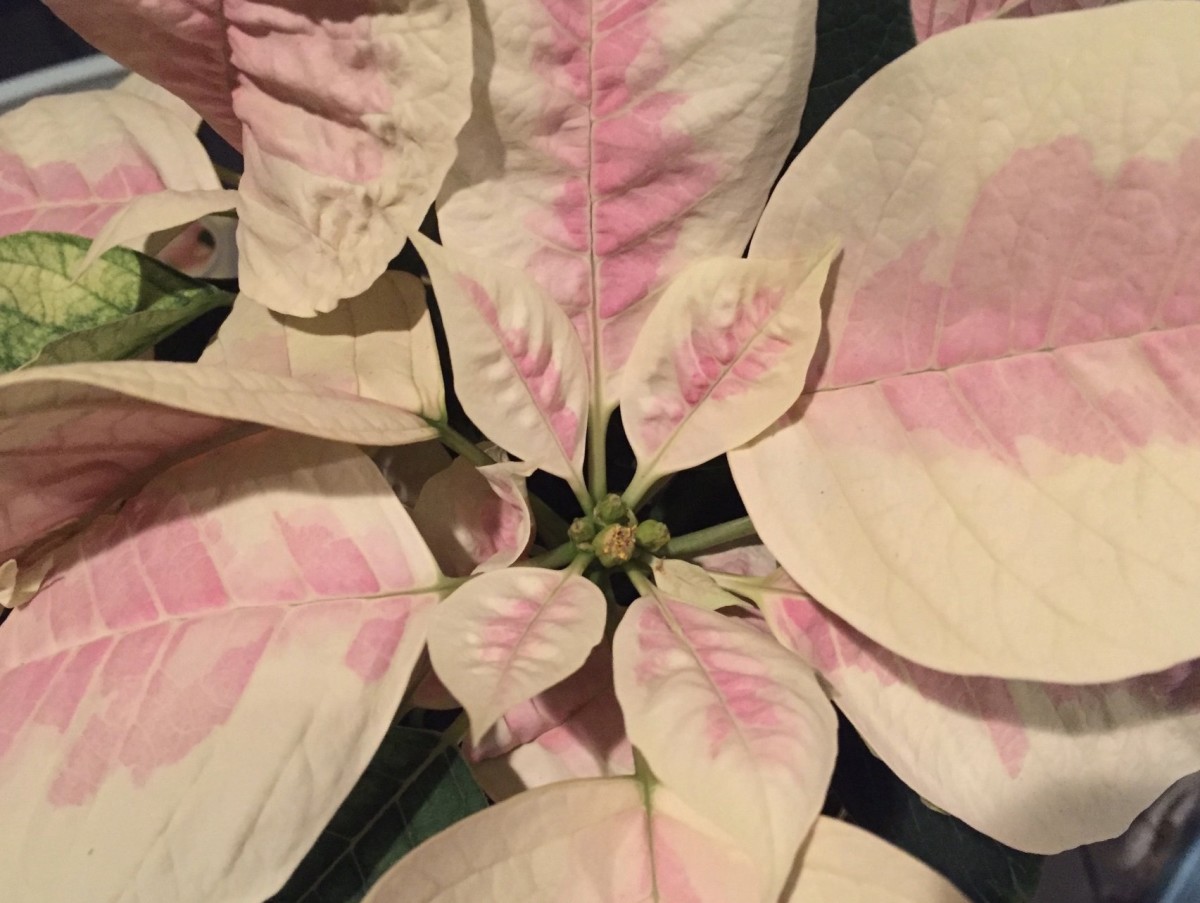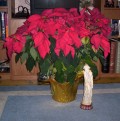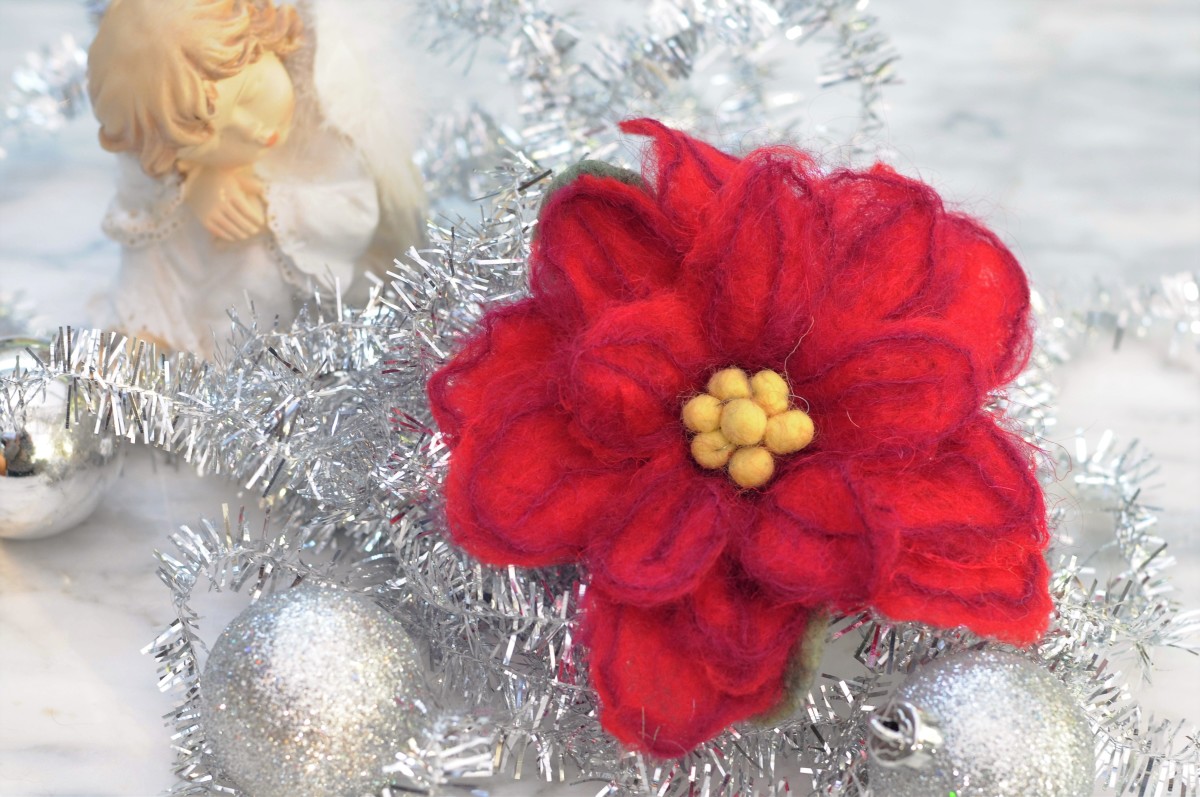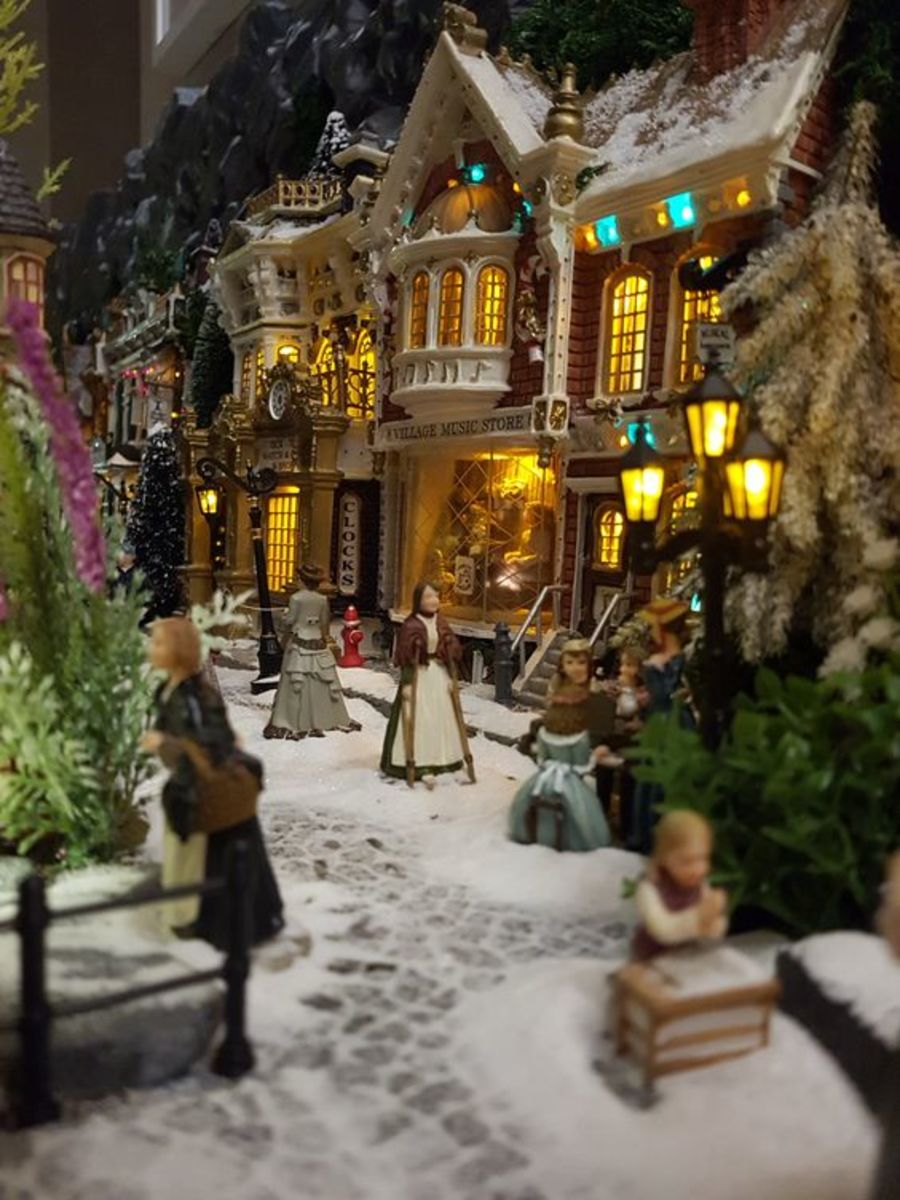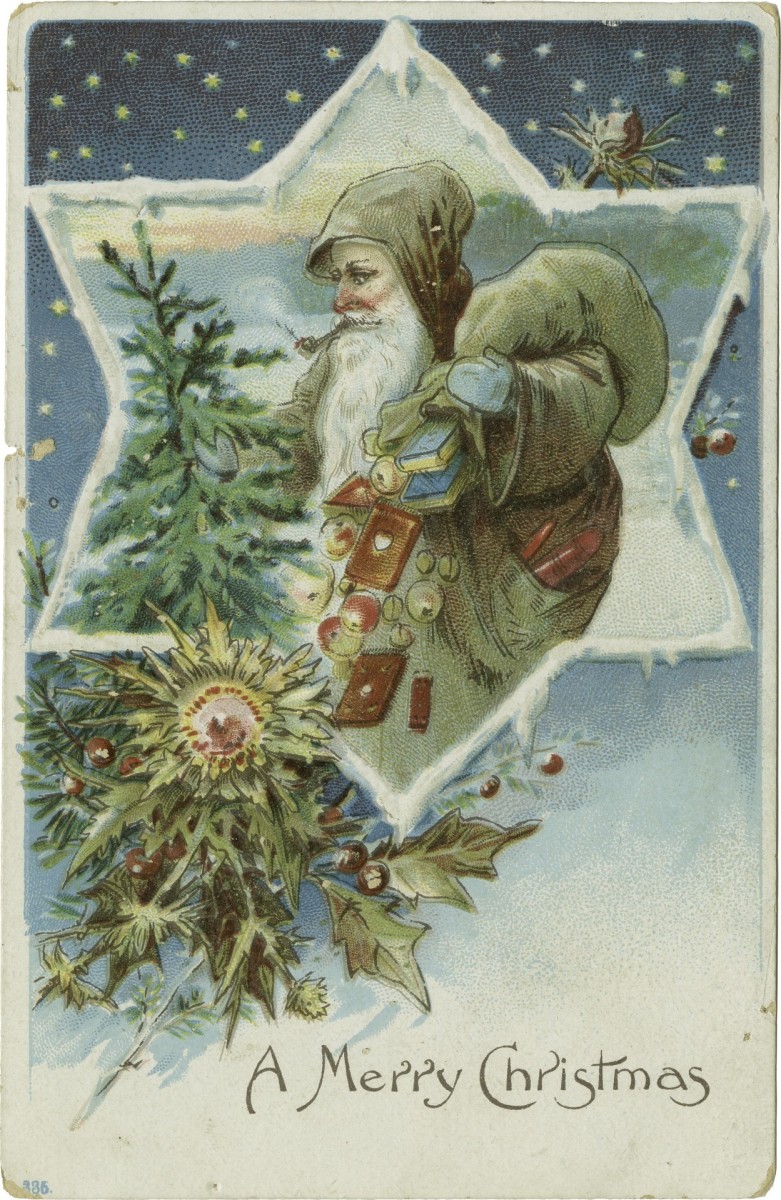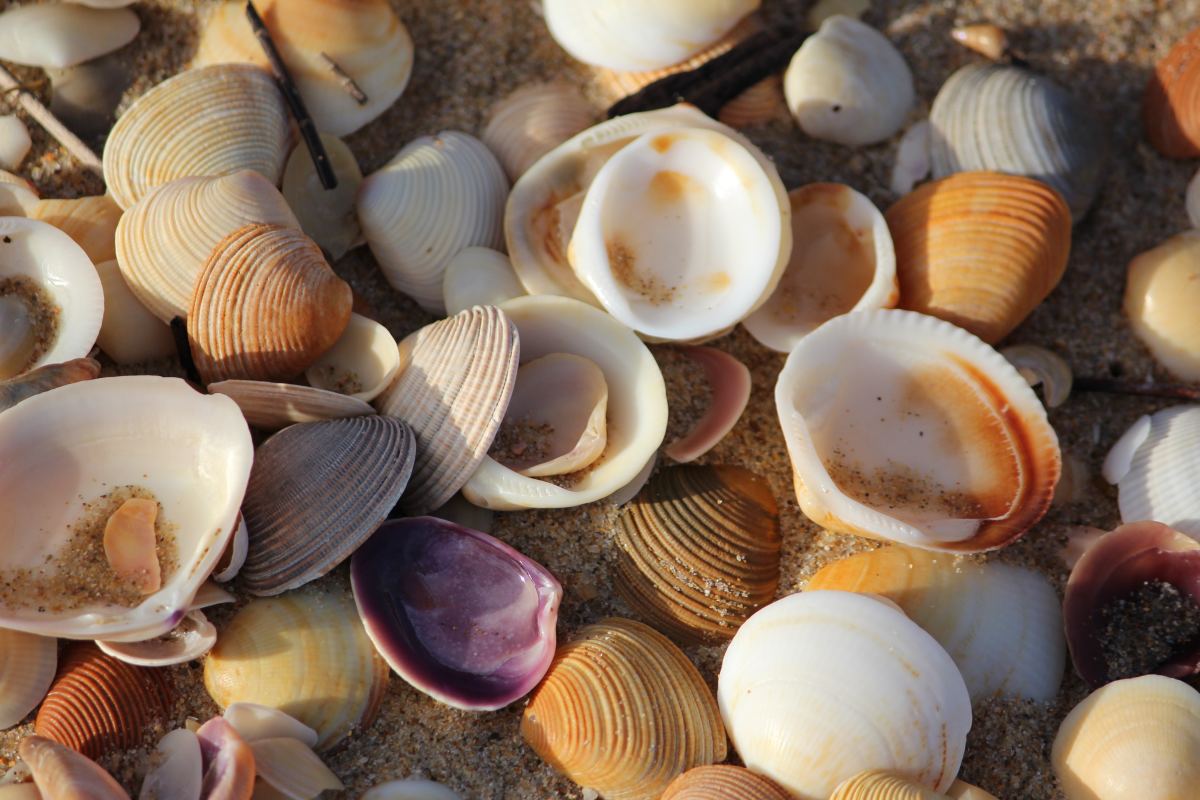The Poinsettia - the Christmas Plant with Red Leaves
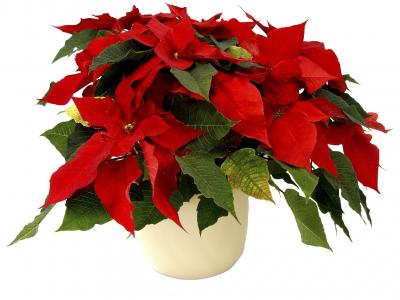
Lots of people know what a poinsettia is - that beautiful plant you see at Christmas with red leaves, but not everyone remembers it name.
Poinsettias are extremely popular at Christmas time, and have come to be closely associated with Christmas through decorations designed to look like their leaves, and for the shops being filled with potted plants which make great gifts for other people.
So, now you know the name of that Christmas plant with red leaves, have you been given one as a gift and are wondering how to care for it?
For starters, the red 'leaves' are in fact bracts, not leaves, although they look like leaves.
The bracts are a form of flower, and poinsettias have to be forced into flower by giving them long periods of darkness every day for two months prior to Christmas.
So, plants will be be quite shell-shocked when they emerge from this state, then are packaged into pots and sent off to market.
Take care choosing your poinsettia, and don't buy one that has already dropped its leaves in shock, as it will not last long unless given some extra special TLC once you get it home.
Poinsettia Decorations
How to Choose A Healthy Poinsettia Plant
- Look for a poinsettia plant that has signs of new green leaves near the base. this is a sign that the plant has been well cared for and is in good condition.
- Avoid buying plants that have tiny green flowers at the centres of the red bracts. This is a sign that the plant has already 'gone to seed' and that its best display is over.
- Look for plants that have large red bracts that cover over the healthy green leaves underneath.
- Don't buy a plant that is not protected with either a plastic or a paper surround. Poinsettias are tender plants and without this protection, it could be killed by a cool draft between the shop and your car, even if it is directly outside.
- Don't buy a poinsettia that has been left on display in the open even if it has a plastic sheath round it. Temperature fluctuations will have shortened its display, if not its life.
How to Care for your Poinsettia Plant
Poinsettias are tropical plants, and they prefer temperatures between 65 - 700 F, so if your living area is within this range, both day and night, your poinsettia will be happy.
Place it well away from draughty areas, in a light situation that is out of direct sunlight. Keep it away from heat sources too, like radiators and televisions or other electronic items that heat up.
Water well when the soil is dry to touch, but do not allow the pot to sit in water. They are susceptible to root rot and will quickly die on you if left sitting in water.
Being tropical, they like moist air, so treat your poinsettia plant to a misting whenever you remember, the more often, the better.
If treated well, your poinsettia can stay in bloom till March.
After that, it's leaves drops as it enters a brief period of hibernation, and this is when most people decide their poinsettia has died, and throw it out.
What you should do, is prune your poinsettia back to about 8", continue watering, making sure you only give a little at a time, and add some fertiliser to boost the plant's depleted stock.
By about the end of May, you should be rewarded with new growth, and it is now you can re-pot your plant into a slightly bigger pots with some fresh compost, and place outside for the summer if all risk of frost has passed.
How to Force Your Poinsettia to Flower Again
Come September when the coolerweather returns, bring your poinsettia plant back indoors, and place it back in its draft-and-heat-source-free area, and water as normal.
If you want to see red bracts at Christmas again, from round about the 1st of October, you will want to cover your plant with thick black plastic sheeting for about 14 hours a day, to encourage it to bloom.
This doesn't always work, but it's worth a try. Exclude light completely for this period and by late November your plant should be flowering again, in time for theHoliday period.
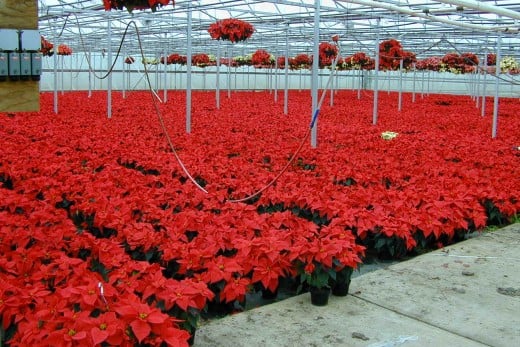
How Poinsettias got their name
Poinsettias belong to central South America, and the poinsettia we know today was named after the first American Ambassador to Mexico, in the early 1820s, Joel Roberts Poinsett.
Mr Poinsett took some cuttings of the plant, which has the botanical name of Euphorbia pulcherrima, home to South Carolina where he reproduced more in his greenhouses and gave some away to friends.
Their popularity slowly increased, and today the sale of Poinsettias far outpace any other potted plant.
A Christmas tale surrounding Poinsettias
As you may know, the Spanish speaking Mexicans were very religious, and the story goes that Pepita, a little Mexican girl dearly wanted to leave a gift for the Christ child in the manger in the church.
Being very poor, she had nothing to give.
On the way to the church, she gathered some wild flowers in her arms, and laid them at the feet of the Christ child.
The flowers immediately turned into the beautiful red blooms of the poinsettia, and still today are known as Flores de Noche Buena, Christmas Eve Flowers.
And so this wonderful Christmas plant with red leaves is today associated with the Holiday season.




